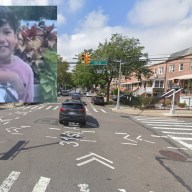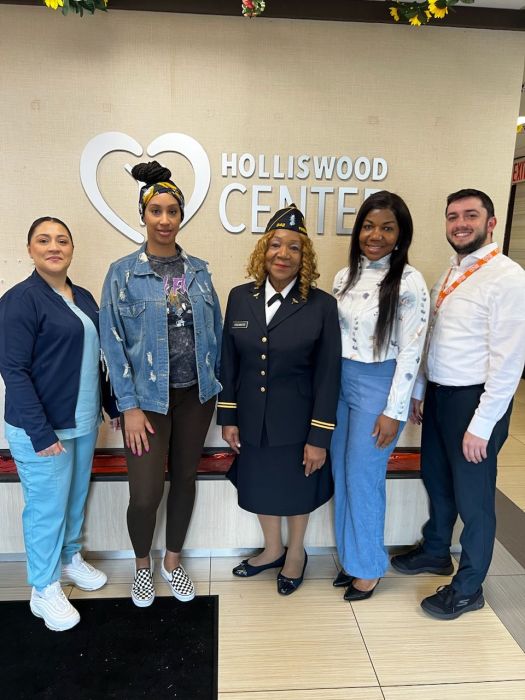By Barbara Morris
Our April showers certainly performed in 2003 as is annually predicted. Flowers seemed to pop up and bloom overnight. They are beautiful, and we are grateful, as we are for the rain — as long as it doesn’t make similar demands on us as it did on Noah. He was wise to take the warnings of a flood to build an appropriate ark to save the animals.
And I hope we can save all the species in the Queens and Brooklyn zoos. Losing any of them would be too heartbreaking to comprehend. If it is going to take a flood of money to keep both zoos open and care properly for those fascinating little and big captives, I hope it is forthcoming. It would be money better spent on the animals than on improving and expanding the tennis facilities. I hope everyone agrees.
Getting back to Noah’s flood, and to those that occur in our own time, once the flood is over, there is always clean-up work to do — even for Noah.
Since previous columns gave advice from the Federal Emergency Management Agency, Federal Insurance Administration and the National Flood Insurance Program about minimizing losses during a flood, here are some of their suggestions for after the flood.
You may enter the building to clean it up only after it has been cleared, preferably by an expert, for structural, electrical and gas dangers. Cover areas that might be damaged further by inclement weather. These include broken windows and a damaged roof or walls.
Next, list and photograph all foods and medicines that have been damaged by floodwater. Photos of damaged property will prove your losses when shown to your agent or broker if you have participated in the National Flood Insurance Program. Once photographed, the foods and medicines should be discarded to prevent another health hazard.
After floodwaters have subsided around your property, your basement should be drained of about one-third of its water volume each day for three days. Draining all the water at once could cause structural damage. Take pictures of everything inside, and move as many things as possible outside for cleaning. Keep wooden furniture out of the sun to prevent warping, and remove drawers and open doors without prying.
Stuffed furniture such as couches, chairs and mattresses, as well as all major appliances with floodwater damage, should be hosed down and kept for the adjuster’s inspection. Deodorize kitchen appliances by cleaning with a quart of water to which one teaspoon of baking soda has been added. Remove mildew from dry wood using a mixture of 4 to 6 tablespoons of trisodium phosphate, 1 cup liquid bleach and 1 gallon of water.
Clean metal items — but not cookware or flatware — with a kerosene-soaked cloth. Rust on iron can be prevented by applying a light coating of oil. Pots, pans and eating utensils should be scoured, and aluminum should be scrubbed with a solution of vinegar, cream of tartar and hot water that has been prepared for drinking and food preparation.
Until the Department of Environmental Protection declares the water safe for drinking and food preparation, water should be boiled vigorously for 10 minutes, or it should be disinfected by mixing 1/2 teaspoon of liquid commercial bleach with 2 1/2 gallons of water.
The mixture should be allowed to stand for five minutes and then poured from one container to another to improve the flavor. As far as laundering clothes and other household fabrics, separate them according to colors as soon as possible to avoid running, and then let them dry slowly, away from direct heat, before brushing off loose dirt.
Rinsing in lukewarm water should remove some of the remaining soil, and washing in detergent, rinsing and then drying in the sun should complete the job. When you finish all those cleanup jobs, take more pictures and ask someone to take a picture of you patting yourself on the back.
All that sounds like a lot of hard work. I hope you won’t need to use this information, but it’s better to know something and not need it, than to need it and not know it.

































